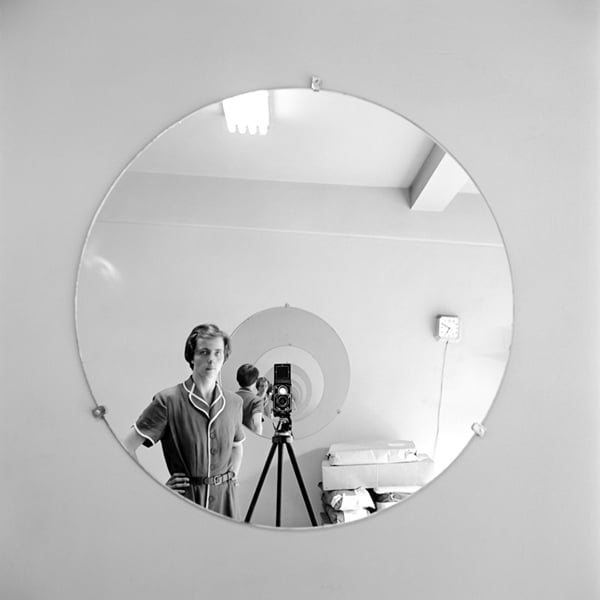
When Finding Vivian Maier made its US debut in March of this year, it was heralded (by artnet News’ Benjamin Sutton, among others) for digging up one of photography’s most intriguing and yet barely-known exponents. Upon its release in the UK this past weekend, however, reception for collector John Maloof’s take on the nanny turned self-taught street photographer’s life has been tepid at best, Maloof being characterized as self-congratulatory at worst.
According to the Independent, while Maloof may own around 90 percent of Maier’s oeuvre—over 100,000 negatives and 3,000 vintage prints, along with various other pieces of memorabilia—his self-proclaimed position as her sole discoverer is largely false.
Two other collectors, Ron Slattery and Randy Prow, also secured winning bids for considerable portions of Maier’s oeuvre during the poverty-stricken final years of her life. Both are conspicuously absent from Maloof’s tale of his journey to bring her into the art world limelight—a journey that the paper is quick to point out began with Maloof selling some of Maier’s works on eBay until he was contacted by an art historian who explained just how important they were. Now, Slattery and Prow are campaigning not to install themselves within Maloof’s account but rather to shift focus away from the finding of Vivian Maier and back towards Vivan Maier herself and the astonishing work she produced.
Slattery, who owns around 2,000 Maier prints, told the Independent that he found Maloof’s take, “Kind of amusing.” He goes on to explain, “I helped in many ways that will not be acknowledged,” but, “If John Maloof or other promoters want to be the heroes of the story, let it be as such…The real hero is the photographer Vivian Maier. She had the gift. She caught moments of time with her camera and in her darkroom.” Comparing his own collection to Maloof’s shown in Finding Vivan Maier, Slattery says, “There are better images to come.”
African-American Man on Horse NYC from John Maloof and Charlie Siskel’s Finding Vivian Maier.
Photo: Vivian Maier. Courtesy of the Maloof Collection.
The BBC featured Slattery prominently in its documentary on Maier, which premiered in 2013. Maloof refused to appear in that film, according to the paper, due to its more balanced explanation of the photographer’s reemergence.
“Unlike the BBC production, I don’t consider Finding Vivian Maier a documentary film about Maier at all,” Pamela Bannos, an academic studying Maier’s work told the Independent. “It is a film about Maloof and his quest to ‘find’ this woman—he films himself talking about his experiences and even shows himself setting up his cameras while he lays out her possessions.”
Others have been more cynical, ascribing this jockeying for position among Maier’s collectors a function of establishing a better place for themselves within her market. That market is continuously growing with prints currently selling for up to $8,000, according to the paper. Prow unloaded his collection (perhaps prematurely) to Jeffrey Goldstein in 2010. Slattery has said he is uninterested in selling any of the work at this time and would rather seen it displayed publicly.